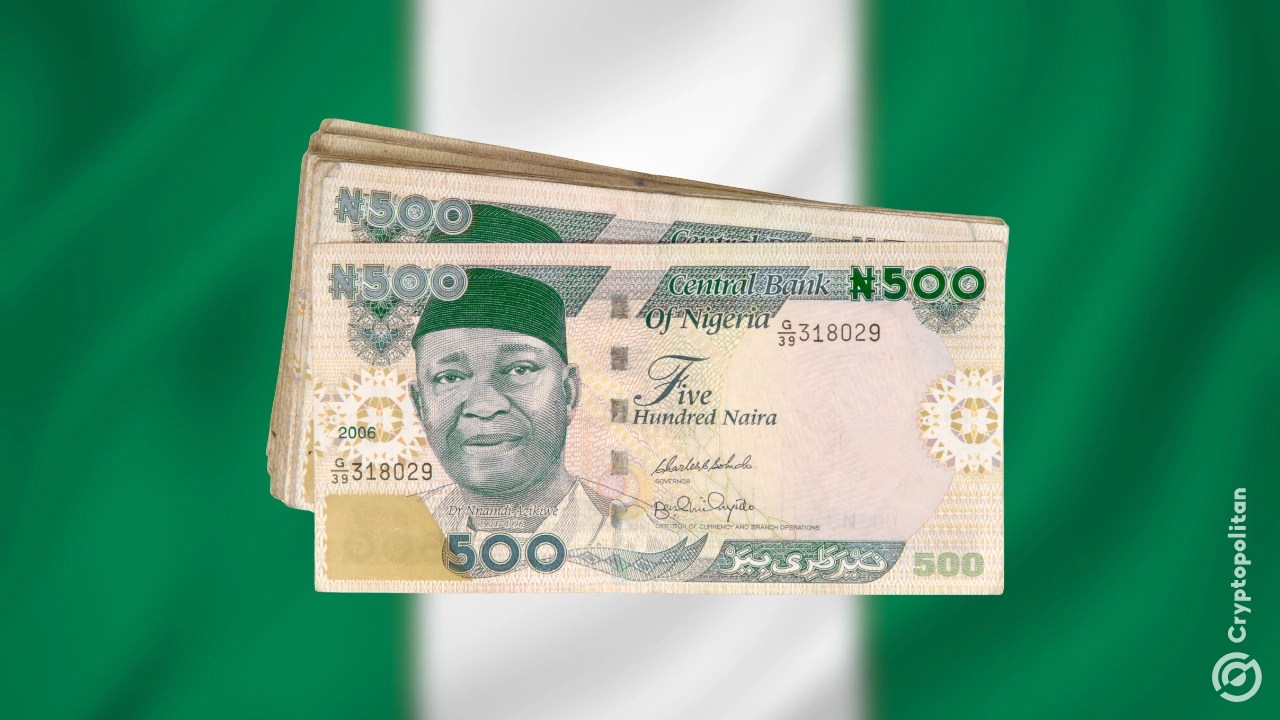Terra (LUNA) is a blockchain platform that aims to create a stable and scalable cryptocurrency ecosystem by connecting with various stablecoins pegged to different fiat currencies.
It also aims to provide a stable and decentralized financial infrastructure that facilitates global payments and decentralized applications (DApps).
It has integrated with various decentralized finance (DeFi) protocols and platforms, allowing users to use Terra stablecoins for yield farming, liquidity provision, and other DeFi activities.
One of Terra’s primary features is its focus on stablecoins. It has introduced a family of stablecoins, such as TerraUSD (UST), TerraKRW, TerraSDR, and others, each pegged to a specific fiat currency. These stablecoins aim to provide price stability and utility for various global currencies.
Seigniorage shares
Terra’s mechanism involves a dual-token system: LUNA and stablecoins. LUNA acts as the governance and staking token, while stablecoins are used for payments and transactions. The platform’s stability mechanism involves seigniorage shares, where LUNA holders participate in the stabilization of the stablecoin supply by expanding or contracting the money supply.
Terra uses algorithms to maintain the stability of its stablecoins. As demand for Terra stablecoins increases, more stablecoins are minted, and as demand decreases, stablecoins are burned.
LUNA is the native utility token of the Terra network. It is used for staking, participating in governance decisions, and stabilizing the value of stablecoins through the seigniorage mechanism.
Disclaimer. This article is for informational purposes only and should not be viewed as an endorsement by CoinIdol. They are not a recommendation to buy or sell cryptocurrency. Readers should do their research before investing in funds.
Source: https://coinidol.com/terra-luna-token/


